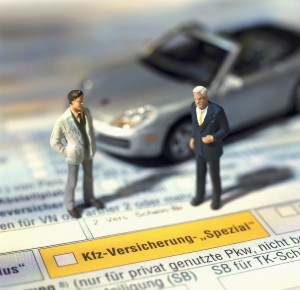 Motor vehicle theft has a high impact on insurance claims trends.
Motor vehicle theft has a high impact on insurance claims trends.
In its 2008 report, NCIB states that owner give-ups skyrocketed in five major cities, including Houston, Las Vegas, Phoenix, Los Angeles and Chicago. Furthermore, it was reported that the number of these cases is still increasing. New York State’s Fraud Bureau, which is similar to Florida and Wisconsin, reported a one-third growth on the number in fraud cases were committed in 2008.
National Insurance Crime Bureau (NICB) states that thieves no longer smash windows and break cars to steal. There are now new ways of stealing cars which are more sophisticated and using high technology.
NCIB outlines the most common vehicle theft fraud schemes perpetrated by vehicle owners. Owner Give-ups, the perpetrator of the crime is the vehicle owner himself or herself. In reality, the vehicle was destroyed or put into a situation where it could be retrieved days later with effort, such as finding the vehicle submerged in a lake or buried underground.
30-Day Specials – Likewise, the owners of the vehicles hide their vehicles fort thirty days which are enough so that the insurance company will settle a claim. After the claim was approved and paid the vehicle will often be found abandoned.
Export Fraud. The owner involves foreign black market in perpetrating the fraud. The vehicle will be shipped overseas. The owner then reports the stolen vehicle to the insurance company and collects the claim while earning profits for illegally selling the vehicle.
Phantom Vehicles – A person creates a fake title or registration to avail of insurance on a non-existent vehicle. This person reports the vehicle stolen then files for a fraudulent insurance claim. Other car insurance fraud is caused by drivers in action in the roads.
Intentional brake-slam – A driver slams on the brakes on purpose so that the car behind it crashes into them. The insurance company will assume that it was the driver of the car behind is at fault. The innocent driver will have to pay the driver who really caused the accident.
Panic stop – The perpetrator assigns a person to sit at the back of the car who in turn will observe the driver of the car behind them. Both cars must be moving. When the assigned person at the back of the car sees that the driver behind them does something that will cause him to keep his eyes off the road for just a bit, such as change station or turn around, the person at the backseat signals the perpetrator. The perpetrator/driver slams the brakes which will cause the innocent car driver to crash on them.


